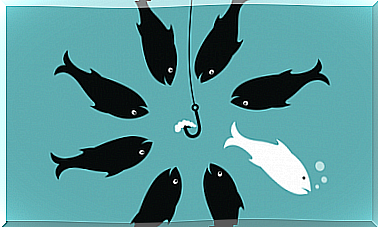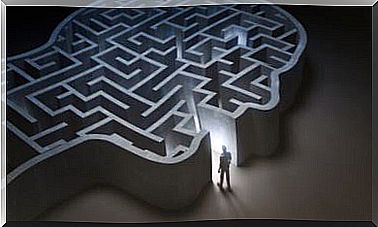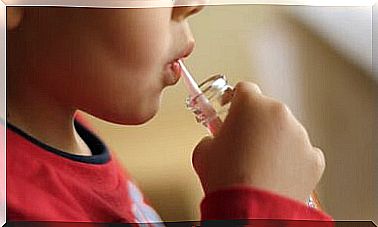The Tears That I Did Not Cry, The Sadness That I Did Not Attend
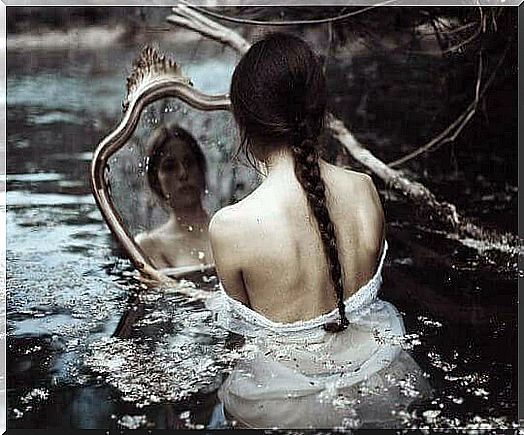
Emotional support is something that we have all experienced with greater or lesser frequency. Sometimes, it is even that trait that is part of our education and that is instilled in us from children with that of “do not cry, old and strong people never show their tears.”
It is possible that from that moment on we have always looked for small solitary corners where to vent, where to let our voice escape and that pain that must always surface to find relief, to unburden ourselves and move forward again. It is something healthy and as such, it is necessary.
However, there are those who not only avoid emotional release, but also, either because of the education received, or because of their own personality, they prefer not to see and not feel. Failures are assumed by getting up every morning again, and by force. Betrayals with forgetfulness, and sadness, is what is masked with a smile and with other cathartic activities that allow us to turn our face to that inner voice.
Emotional containment, a step into the abyss
It literally means the act of restraining or moderating one’s own impulses, instincts, passions, or feelings. It is, therefore, hiding something inside and keeping it silent not only in the eyes of the world, but also in ourselves. For what reason? Sometimes it is difficult to understand why, psychologists tell us about educational patterns, social, psychological and even biological processes.
However, the term lanos already enters into the antithesis of all the above, approaching that dimension in which inclusion, closeness and empathy with others and with oneself are extolled. It is the most useful knowledge, the most valuable that we can have: emotional knowledge.
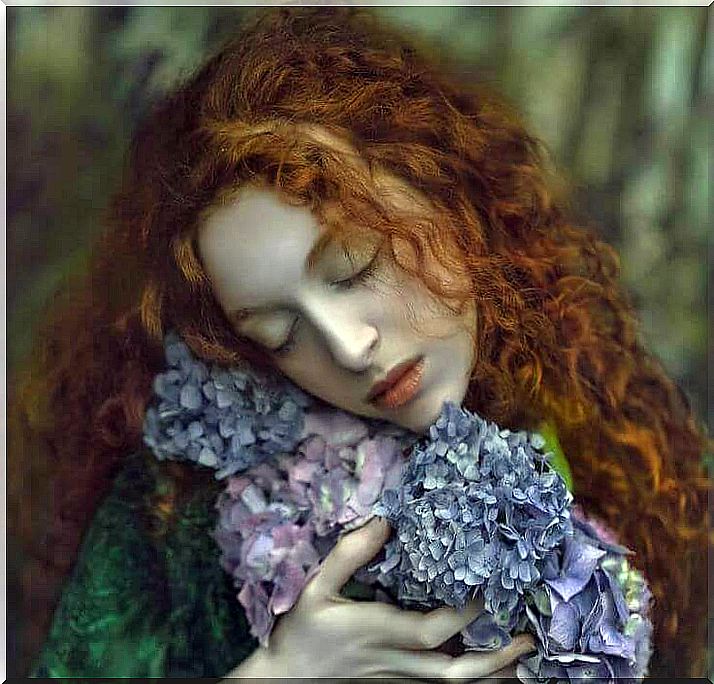
However, the question would be the following: Why do we choose to silence the sadness? Why is emotional support more useful sometimes?
- It is a defense mechanism. If I do not react to your betrayal, to your deception, and I choose to turn the page as soon as possible without stopping to think about what I feel, I avoid acknowledging that you have hurt me, and therefore the pain, in my opinion, will be less.
- It is a self-protection strategy. If I hide my sadness and pain, I will avoid looking like a victim in the eyes of others. Because to show my emotional pain is to show myself vulnerable, it is to lose control and that is something that not everyone accepts or can manage.
- Emotional unawareness. It may seem surprising, but there are people who for whatever reasons have not been exposed to suffering, failure or disappointment. Take for example many of our young people, raised in a culture where every need is met, and where they develop a very low resistance to frustration. If they experience emotional loss or failure tomorrow, chances are they will either feel overwhelmed or simply “blocked.” There where simply, you opt for denial or emotional containment.
What is the best way to deal with sadness and disappointment?
Sometimes people have a keen ability to separate our inner reality from outer reality. We let ourselves be carried away by the daily rumor, by work, by moments of leisure, by routine, without understanding that we are just “a piece of ourselves.”
The reason? We have disconnected from our emotions, from our inner being, camouflaging ourselves with a false well-being. It is then that migraines appear, fatigue, those neck and back pain that we cover up with painkillers, without seeing that they are symptoms.
Symptoms of unhappiness, of tears not cried when they played, of a sadness that we did not want to recognize and manage, and that now has made us prisoners.


